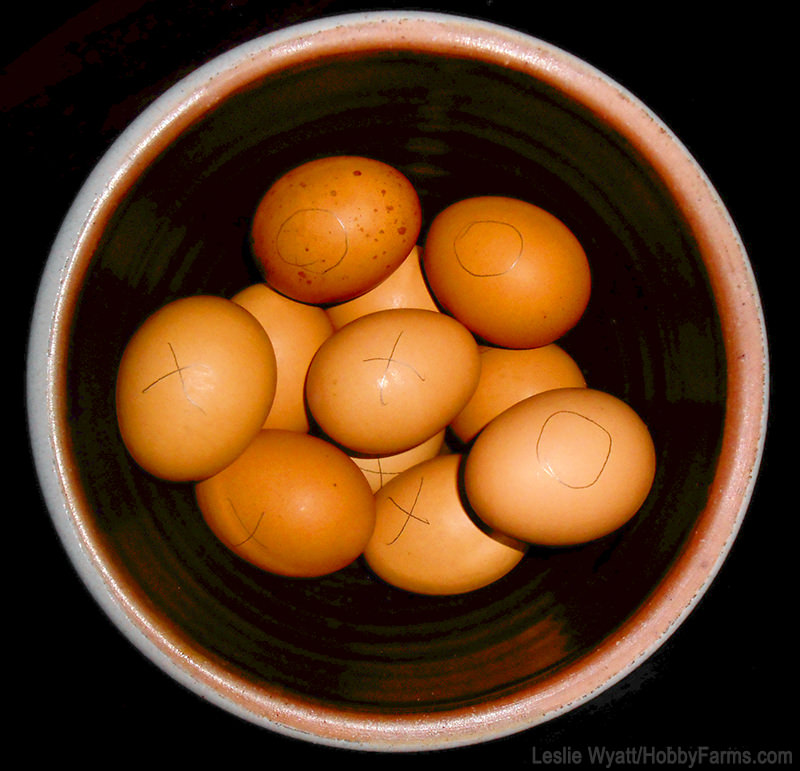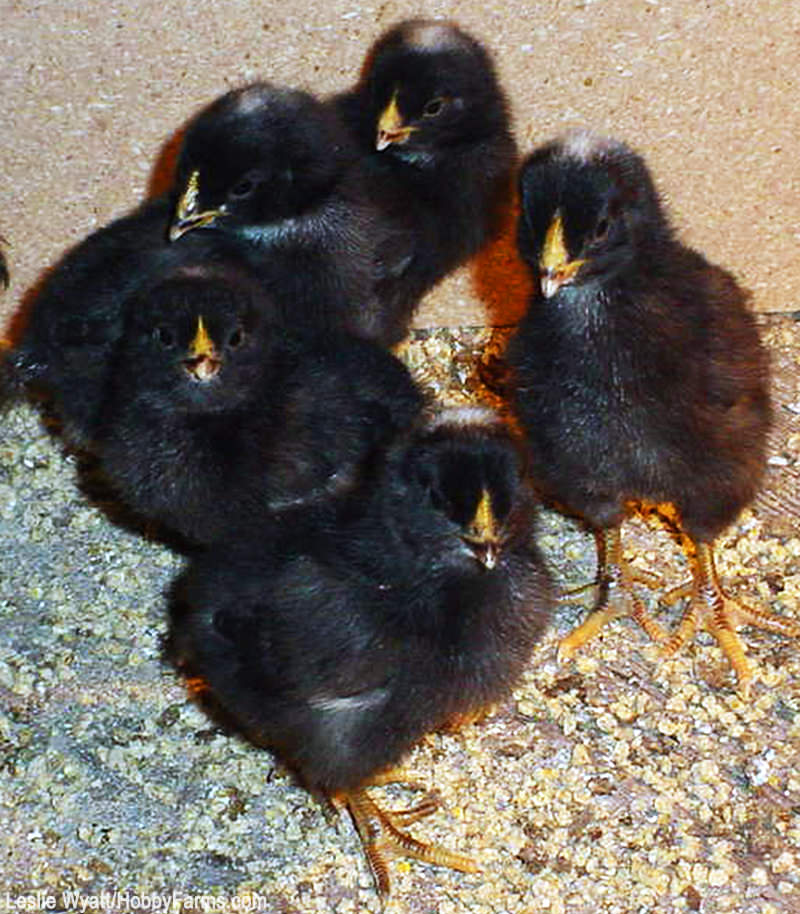
Buying chicks from a hatchery is easy, but it’s not the only option, and “easy” isn’t the only attribute to consider. There’s sustainability. There’s economy. There’s flexibility, enjoyment and a sense of accomplishment. All of these take center stage when you decide to incubate eggs from your own flock.
Set Up the Incubator
Choosing an incubator is an article in its own right, so let’s just assume you’ve got one. Step 1? “Disinfect incubator with 10-percent bleach solution, then wash with warm soapy water and rinse thoroughly,” recommends the University of Illinois Extension.
Then choose a location that’s both constant in temperature and draft-free. Garages and barns are not ideal, especially in chilly weather, because the eggs must remain between 99 and 102 degrees F, with target range of 100 to 101 degrees. Wrapping the incubator in a thick blanket and placing it inside a large box insulates for better heat economy and stability.
Set up your incubator two or three days in advance to make sure it is operating correctly and that you understand how to maintain the target temperature and humidity. If those eggs were under a mother hen, they’d be receiving the perfect amount of moisture from contact with her skin. Substitute a pan of water—some incubators come with built-in water reservoirs—in order to hold humidity at 50 to 55 percent, and increase to 65 percent humidity for the last three days. Make sure to test your thermometer for accuracy.
Gather Eggs

While readying your incubator, stockpile eggs. They must be fertilized, of course, so if your flock lacks a rooster, obtain eggs from someone who has one. Alternatively, fertile eggs can be purchased online, though this isn’t as economical as gathering from your own coop.
Eggs you plan to incubate should be less than 10 days old. The University of Minnesota Extension says, “Hatchability declines rapidly when incubation is postponed for more than 10 days. Until they are incubated, hatching eggs should be stored in cartons or cases—large end up—at 40 to 70 degrees F (50 to 60 degrees F is best) with a relative humidity of about 75 percent.” If storing for more than two to three days, change their positions daily to reduce the tendency for the yolks to stick to the shells. Avoid oval/football-shaped eggs, possibly double-yolked eggs and any with shell abnormalities, as these may interfere with successful incubation. Washing eggs pre-incubation is not recommended, but if excessively dirty, Virginia Tech recommends using a damp cloth warmer than the egg so that dirt and bacteria are not absorbed through the pores of the shell.
Wait for Hatching

Incredibly, it only takes three weeks for eggs to turn into chicks. Once you’ve set the incubator’s temperature and humidity at the ideal range and you have your quota of eggs, use a graphite pencil to mark each one with an X on one side and an O on the other. These are your references, as eggs must be turned a half turn three times a day to keep the yolk from adhering to the side and causing embryo death. Some incubators come with a rotating base that turns the eggs automatically, but it is a good idea to mark them anyway so that when you check temperature and humidity, you can see at a glance whether they’re being turned correctly. Don’t open the lid frequently: It takes a while for the temperature to regulate again, and embryo growth slows in cooler temperatures.
If all goes well, candling will reveal growing embryos. On Day 18, cease turning the eggs and increase the humidity to 65 percent to avoid having chicks stick to their shells when hatching. By this time, you may hear the babies peeping inside their shells. For incubators with wire bottoms, add a layer of paper towel on day 18 so that tiny chick feet won’t be damaged. At this point, prepare the brooder so it’s warm and ready to receive the newly hatched babies.
On Day 21, watch for the chicks to “pip” their shells—they peck a little hole so they can breathe. It can take hours for a chick to hatch after pipping. Be patient and don’t “help” them: Those you assist will usually die. You can assume that any eggs that haven’t hatched by day 24 are not viable (hatches seldom yield 100 percent). If all goes well, you’ll soon have an incubator full of damp, wobbly chicks. Enjoy the babies at a distance while they dry off and fluff up, then transfer them to your brooder, clean the incubator, and store it until next time.





One reply on “How to Incubate and Hatch Chicken Eggs”
[…] goal of an incubator is to maintain a temperature of 97 to 101 degrees F at all times. Here, we’re building a simple […]